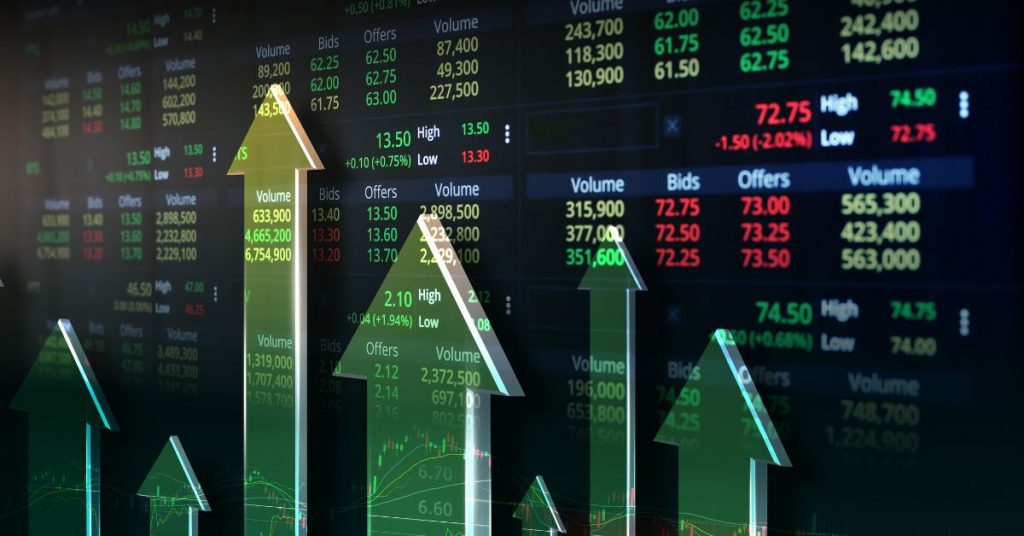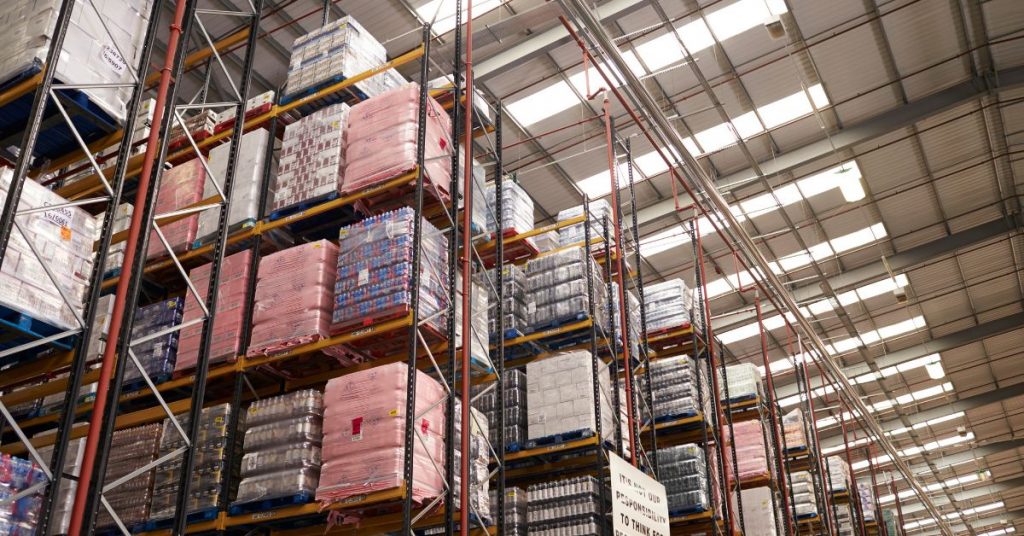From Barter to Blockchain: The Evolution of Trade 🌐
For thousands of years, trade has been the engine of human progress, connecting civilizations and driving innovation. However, the methods we use to exchange goods have constantly changed, striving for greater efficiency and trust. Understanding this journey is key to mastering today’s global market. At Crestmont Group, we track The Evolution of Trade to ensure our clients are always prepared for the next big shift.
Phase 1: Barter and the Age of Currencies
The Evolution of Trade began with simple bartering—the direct exchange of goods for goods. Yet, this method was slow and difficult because both parties had to want what the other offered. Consequently, the invention of standardized currency revolutionized commerce. Currency created a common measure of value, making transactions faster and global trade possible. This simple system formed the foundation for all modern markets. You can learn more about this foundational shift in trade history on resources like the World History Encyclopedia.
Phase 2: The Age of Documentation and Finance
As trade grew more complex and spanned oceans, a new problem arose: trust over distance. Therefore, the modern financial era required standardized paperwork and security. This is the age that created the crucial documents that secure international deals, such as the Letter of Credit and the Bill of Lading. To finance these large, long-term transactions, companies began relying on structured trade finance solutions, which we use to accelerate capital and manage risk. This reliance on paper and intermediaries created the complex, multi-layered system we are still dealing with today.
Phase 3: The Evolution of Trade Enters the Digital Era
Today, The Evolution of Trade faces a new challenge: speed. Paper documents and manual verification processes create bottlenecks that cost businesses billions in delays. Fortunately, the emergence of blockchain technology is solving this problem. Blockchain allows for the creation of secure, instantly transferable digital records. For example, it enables the eB/L, which dramatically cuts down on shipping delays. This concept of using digital documents to increase efficiency is central to our article on the Bill of Lading in Digital Trade.
Ultimately, blockchain introduces unparalleled transparency and speed, transforming slow processes into instant, digital transfers. You can find out more about the application of this technology in the supply chain on resources like the World Economic Forum website.
Crestmont’s Role in Guiding the Future
We view The Evolution of Trade as a continuous process moving toward a faster, more secure digital future. Therefore, our expertise is focused on helping clients successfully navigate this transition. We provide the tools and advice necessary to leave slow, paper-based systems behind and embrace the speed of the digital age, ensuring your business remains competitive and profitable.
Ready to lead the next phase of global commerce? Contact Crestmont Group today to see how our expertise in The Evolution of Trade can secure your future.






